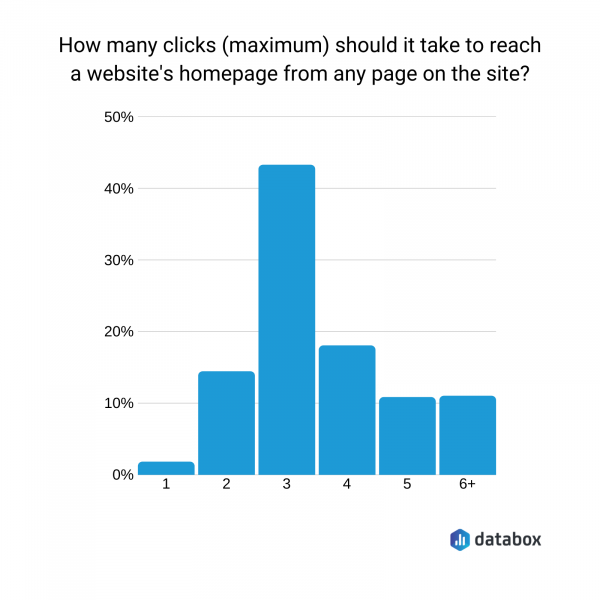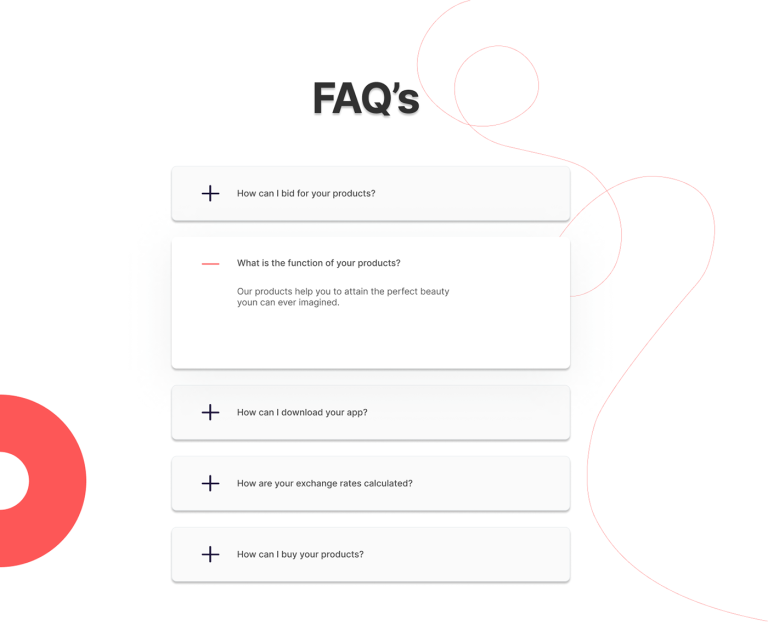
In the ever-evolving world of digital content, one often-overlooked element can make or break a blog post: sentence length and clarity. As readers increasingly multitask and skim through content, the ability to communicate clearly and concisely has never been more important. Whether you’re writing for SEO, engagement, or brand authority, understanding how to balance sentence structure is essential.
This article will guide you through the principles of effective sentence construction, explain why clarity matters in modern blogging, and provide actionable steps to improve your writing. By the end, you’ll have a clear framework for crafting content that resonates with readers and performs well on search engines.
What Is Sentence Length & Clarity and Why It Matters
Sentence length refers to the number of words used in a single sentence, while clarity relates to how easily the reader understands the message. In the context of blogging, both elements are critical for ensuring that your content is not only readable but also engaging and impactful.
Search engines like Google prioritize content that is easy to read and understand. This is because user experience (UX) is a key ranking factor. When your sentences are too long or convoluted, it can lead to higher bounce rates, lower dwell time, and poor engagement metrics—none of which are favorable for SEO.
Moreover, in sectors like finance, healthcare, or education, clarity is not just a preference—it’s a necessity. Miscommunication can lead to serious consequences, making it imperative for writers to prioritize simplicity and precision.
According to research by Kadayat and Eika (2020), readers feel most comfortable with sentences containing 16–20 words. This range strikes a balance between complexity and clarity, allowing for nuanced ideas without overwhelming the reader.
How Sentence Length & Clarity Impact SEO Performance
The relationship between sentence length and SEO is more direct than many bloggers realize. Here’s how it plays out:
-
Improved Readability: Shorter, clearer sentences help readers absorb information faster. This leads to longer time spent on your page, which is a strong signal to search engines that your content is valuable.
-
Higher Engagement: When readers understand your message quickly, they’re more likely to interact with your content—whether by commenting, sharing, or clicking through to related posts.
-
Better User Experience: Search engines favor websites that offer a positive user experience. Clear, well-structured sentences contribute to this by reducing cognitive load and making your content more accessible.
-
Enhanced E-E-A-T (Experience, Expertise, Authoritativeness, Trustworthiness): Writing with clarity demonstrates professionalism and expertise. It signals to both readers and search engines that you are a credible source of information.
Additionally, when combined with proper keyword placement and content structure, clear and concise sentences can improve your chances of ranking for competitive terms. For example, a blog post that explains a complex topic in simple, digestible sentences is more likely to be featured in featured snippets than one filled with jargon and long-winded explanations.
Step-by-Step Implementation Framework
To master sentence length and clarity, follow this practical framework:
1. Define or Audit the Current Situation
Start by analyzing your existing content. Use tools like Grammarly, Hemingway Editor, or Microsoft Word’s readability statistics to check average sentence length. Identify patterns—do you tend to write long, complex sentences? Are there sections where clarity is compromised?
Example: If your average sentence length is 30 words, consider revising some of those sentences to fall within the ideal 16–20 word range.
2. Apply Tools, Methods, or Tactics
Use the following strategies to refine your writing:
- Start with the verb: Begin sentences with action verbs to create immediacy and clarity.
- Watch for too many commas: If a sentence has two or more commas (and it’s not a list), it may be too long.
- Cut unnecessary adjectives: Remove descriptive words that don’t add value.
- Use more full stops: Break up long thoughts with periods to give readers a mental break.
- Write in active voice: Active voice is more direct and easier to read.
Example: Instead of “The project was completed by us,” use “We completed the project.”
3. Measure, Analyze, and Optimize
After implementing changes, track the impact using analytics tools like Google Analytics or SEMrush. Look at metrics such as:
- Bounce rate
- Average session duration
- Pages per session
- Social shares
If improvements are seen, continue refining your approach. If not, revisit your strategy and adjust based on what works best for your audience.
Real or Hypothetical Case Study
Let’s take a look at a hypothetical case study involving a financial services blog.
Before Optimization:
– Average sentence length: 28 words
– Bounce rate: 65%
– Average session duration: 1 minute 30 seconds
After Optimization:
– Average sentence length: 18 words
– Bounce rate: 45%
– Average session duration: 3 minutes 15 seconds
By simplifying their language and shortening sentences, the blog saw a significant increase in engagement and a drop in bounce rate. The content became more digestible, leading to better user retention and improved search rankings.
Tools and Techniques for Sentence Length & Clarity
Here are five modern tools that can help you optimize your writing:
- Grammarly: Offers real-time feedback on sentence structure, clarity, and readability.
- Hemingway Editor: Highlights complex sentences and suggests simpler alternatives.
- Yoast SEO: Provides readability scores and recommendations for improving sentence structure.
- Readability Score Tool: Measures how easy your text is to read and offers suggestions for improvement.
- Microsoft Word: Includes built-in readability statistics to help you monitor sentence length.
Each of these tools can be used to refine your writing and ensure that your content is both clear and engaging.
Future Trends and AI Implications
As AI continues to shape the future of content creation, the importance of sentence length and clarity will only grow. With the rise of voice search, multimodal content, and AI-driven content assistants, users are looking for quick, accurate, and easy-to-digest information.
AI models like Google’s Gemini and OpenAI’s GPT-4 are designed to prioritize clarity and simplicity. They reward content that is structured logically and free from unnecessary complexity. As a result, bloggers who focus on clear, concise writing will be better positioned to succeed in this new landscape.
One actionable insight for staying ahead is to regularly audit your content and ensure that your sentences are optimized for both human readers and AI algorithms. By doing so, you’ll future-proof your content and maintain relevance in an evolving digital ecosystem.
Key Takeaways
- Ideal sentence length: Aim for 16–20 words per sentence to maximize clarity and readability.
- Clarity matters: Clear writing builds trust, improves engagement, and enhances SEO performance.
- Balance is key: Vary sentence lengths to create rhythm and keep your content dynamic.
- Use tools wisely: Leverage software like Grammarly, Hemingway, and Yoast to refine your writing.
- Stay ahead of trends: As AI becomes more prevalent, prioritizing clarity and simplicity will be crucial for success.
By mastering sentence length and clarity, you’re not just improving your writing—you’re building a stronger foundation for your blog’s success. Start today, and watch your content thrive.
Meta Title: Sentence Length & Clarity — Mastering the Art of Effective Blogging
Meta Description: Learn how to improve your blog’s readability, engagement, and SEO by mastering sentence length and clarity.
SEO Tags (5): sentence length, blog writing, clarity, SEO tips, content optimization
Internal Link Suggestions:
– Parameter #12: Keyword Research – The Foundation of SEO Success
– Parameter #7: Content Structure – How to Organize Your Blog Posts
– Parameter #9: Voice Search Optimization – Preparing for the Future
External Source Suggestions:
– https://www.copyblogger.com/sentence-length/
– https://www.hemingwayapp.com/
– https://www.grammarly.com/blog/sentence-length/











